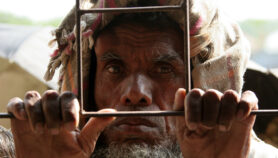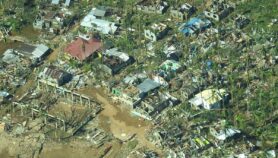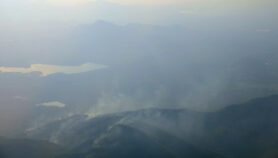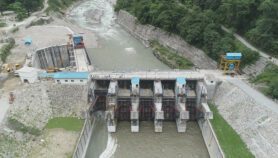23/08/19
‘Natural disasters fuel environmental degradation’
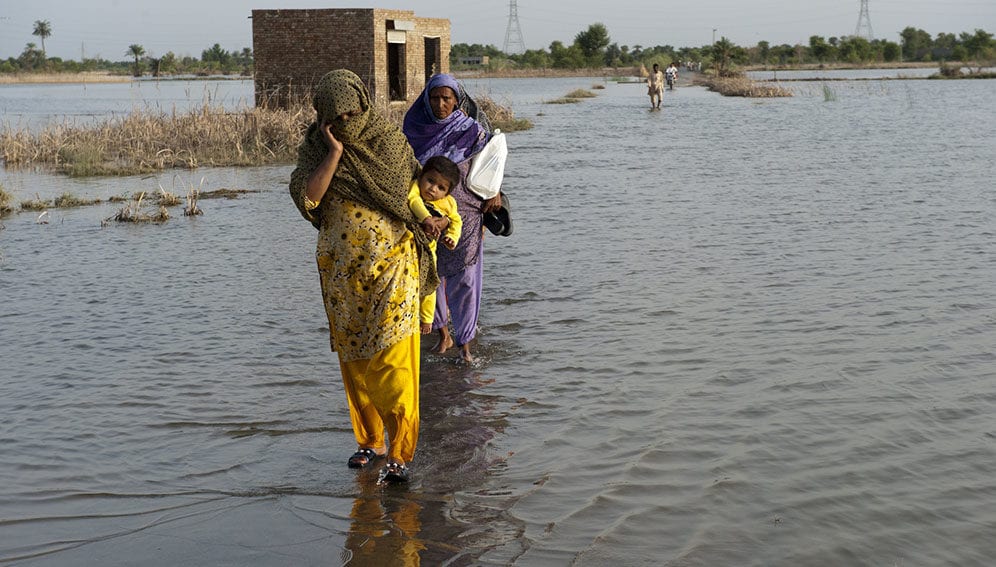
By: Trudy Harris
Send to a friend
The details you provide on this page will not be used to send unsolicited email, and will not be sold to a 3rd party. See privacy policy.
[BANGKOK] Authorities are focusing on new technologies to prepare for and respond to natural disasters in Asia Pacific that are becoming more intense, uncertain and complex, according to a UN report released Thursday (22 August).
Recent cyclones, floods and droughts in the region, as well as disasters triggered by rising global temperatures, have not followed past patterns, making them harder to forecast, said the Asia-Pacific Disaster Report 2019 produced by the UN’s Economic and Social Council for Asia and the Pacific (ESCAP).
“They (countries) cannot achieve many of the SDG targets if their people are not protected from disasters that threaten to reverse hard-won development gains”
Armida Alisjahbana, Economic and Social Council for Asia and the Pacific
“The report shows that more of today’s events are linked to environmental degradation and climate change. This is generating disasters of increasing complexity and uncertainty,” UN Under-Secretary-General and executive secretary of ESCAP Armida Alisjahbana, said.
Asia Pacific is particularly vulnerable to natural disasters, with more fatalities, more people affected and larger economic losses than the rest of the world. Between 1970 and 2018, the region, with 60 per cent of the global population, had 87 per cent of the people affected by natural disasters.
Floods, tsunamis and cyclones risk trapping millions of already vulnerable people in cycles of poverty through internal displacement and loss of family members and destruction of homes and livelihoods, the report said.
“They (countries) cannot achieve many of the SDG targets if their people are not protected from disasters that threaten to reverse hard-won development gains,” said Alisjahbana at the launch of the report, referring to the UN Sustainable Development Goals.
“This means not just building resilience in the priority zones but doing so across the entire region — reaching the most marginal and vulnerable communities.”
Emerging technologies, including big data, are being used more and more to identify vulnerable communities and prepare for and respond to emergencies. Big data can refer to computer analysis of large data dumps from satellite images, drone videos, light detection systems, call data records, crowdsourcing and social media. They show up patterns and trends that help map and identify communities affected.
The UN’s Pulse Lab in Jakarta is researching and experimenting with cutting-edge ways to harness big data in order to provide policy and other decision makers with more accurate information for an efficient response.
Pulse Lab’s Haze Gazer tool was developed as a result of the haze and smog crisis from forest fires that hit Indonesia and neighbouring countries in 2015. Information posted on social media by victims was analysed and displayed in dashboard form, providing authorities with additional information of what was happening on the ground. The Indonesian government now uses the tool to monitor fires.
“We are an incubator looking at how we can responsibly and ethically use different types of public data and develop tools that can be shared with governments and agencies,” Derval Usher, an adviser to the Pulse Lab team, tells SciDev.Net.
“We use social media a lot,” Usher tells SciDev.Net in Jakarta, stressing the anonymous nature of the information supplied. “We are looking for trends and patterns, not one person’s personal information.”
Although technologies were helping to reduce disaster fatalities, more infrastructure investment was needed, especially in remote and rural areas, to ensure communities were connected to the Internet for inclusion in disaster reduction plans, says Tiziana Bonapace, director of ESCAP’s ICT and disaster risk reduction division.
“One of the problems is that mobile technology is not yet universally available, and in particular access to broadband Internet, which has not yet reached rural and sparsely populated areas,” she said.
Michael Boyland, a climate change, disasters and development expert, said another challenge was improving data sharing and collaboration across the region so countries can better prepare for emergencies. He highlighted the Mekong river system, shared by six countries, in which farming and fishing communities downstream are struggling with drought conditions and low water-levels as a result of activity upstream.China, Laos and the other countries should more effectively share information about water levels, water quality, and the impacts of current and planned dams, Boyland, a research associate at the Stockholm Environment Institute Asia in Bangkok, tells SciDev.Net
Boyland says that although big data technologies are important tools, they should not overshadow the need for in-depth understanding of the reasons why different communities are vulnerable in the first place. “Natural disasters are a major risk in this region and this report shows that, with the addition of climate change, we are running out of time to reduce that risk.”
This piece was produced by SciDev.Net’s Asia & Pacific desk.






